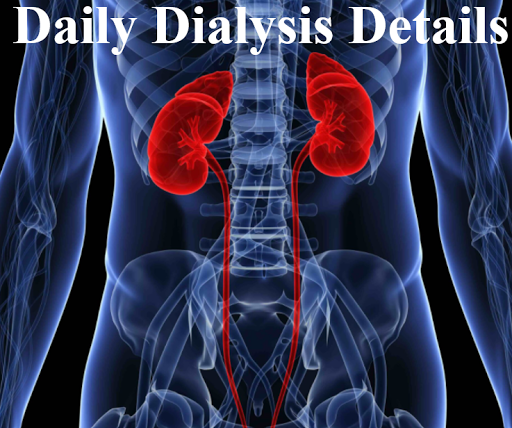Hemodialysis Access
With hemodialysis, there are two kinds of catheters that allow for access. The first type of catheter is temporary vascular access devices/short-term catheters. This type of catheter is used on a temporary basis to gain access to the bloodstream for hemodialysis. They may be inserted in the subclavian vein, jugular, and femoral. This type of temporary catheter is used for a variety of reasons such as: when immediate access to the bloodstream is needed, waiting for a graft of AVfistula to mature, after removing permanent access, and before initiation of peritoneal dialysis. The second type of catheter used for hemodialysis is permanent vascular access devices/long-term catheters. Permanent catheters are used when patients no longer have vascular access anywhere else. They are an exterior catheter with an internal cuff applied to keep it in place. Surgeons will insert these catheters and will be immediately used after the surgery is complete. With these types of catheters, th
